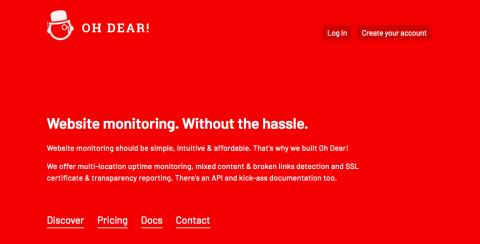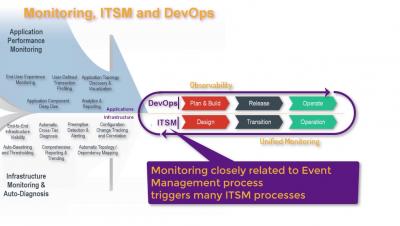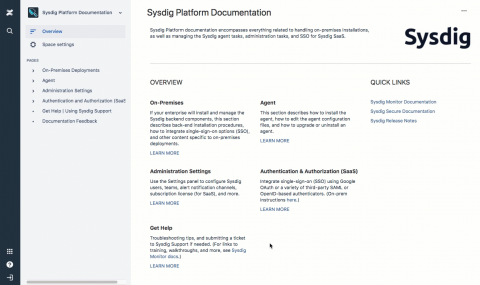Operations | Monitoring | ITSM | DevOps | Cloud
%term
Retrace Drives Efficiency and ROI for Boston Software
Background: Boston Software was long overdue for an affordable, reliable APM solution that could provide deep and credible insight into the behavior of its services. Customers began reporting an issue with the software, but traditional monitoring was unable to pinpoint the source.
GDPR Compliance Auditing Tips
Now that the General Data Protection Regulation (GDPR), drawn up by the European Union (EU), has finally come into effect, many of the affected organizations have been scrambling to keep up with the auditing and operational requirements of a compliance regime that’s widely recognized as one of the most stringent and comprehensive regulatory frameworks ever devised for protecting data privacy.
Using NGINX for targeted access to the Sensu Core 1.4 API
NGINX can be used as a proxy to provide authenticated access to specific endpoints for any RESTful service API — including the Sensu API. Below I provide an NGINX configuration to grant external service provides narrow access to only create check results in the Sensu 1.4 API external service providers. But first, here's some backstory of how I got here.
The Market Lacked the Tool We Wanted. So We Built it Ourselves.
Hi! My name is Mattias Geniar and together with my partner Freek Van der Herten we founded Oh Dear!, a new tool focused on monitoring websites. We both got fed up with existing tools that didn't fit our needs precisely. Most came close, but there was always something — whether settings or design choices — that we just didn't like. Being engineers, the obvious next step was to just build it ourselves!
How End-to-End IT Monitoring Helps ITSM and DevOps Initiatives
Hello to new Sysdig documentation.
I am very excited to share our brand new Sysdig documentation website. Our documentation team has been working very hard for the past few months. They have rewritten the majority of our product and support content and introduced an intuitive navigation structure to help you quickly find what you need. Sysdig Docs are now organized into Platform, Monitor and Secure sections.
Measuring and Evaluating Service Level Objectives (SLOs)
Managing services is hard for both service owners and stakeholders. To make things easier for everyone, define a clear set of expectations from the beginning. This helps measure and evaluate the health of services easier.
Raygun & Pivotal Tracker - Building Better, Faster, Stronger Software as a Team
What Happened with Microsoft's Outage Last Week?
On the morning of September 4th, 2018 a number of customers experienced sign-in problems related to an outage for Azure, Azure AD and, in turn, Office 365. The issue was caused by an outage in Microsoft’s South Central U.S. datacenter. The problem ended up affecting customers in other regions, too, as we will see.











